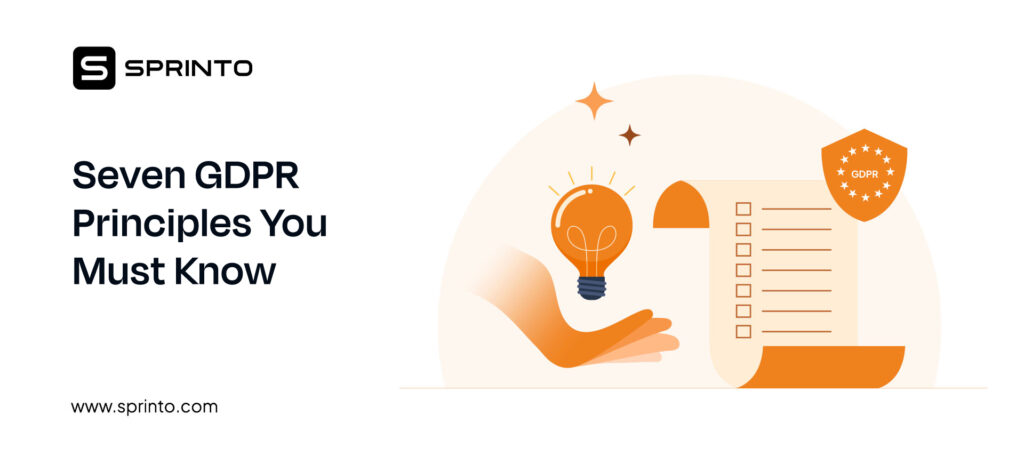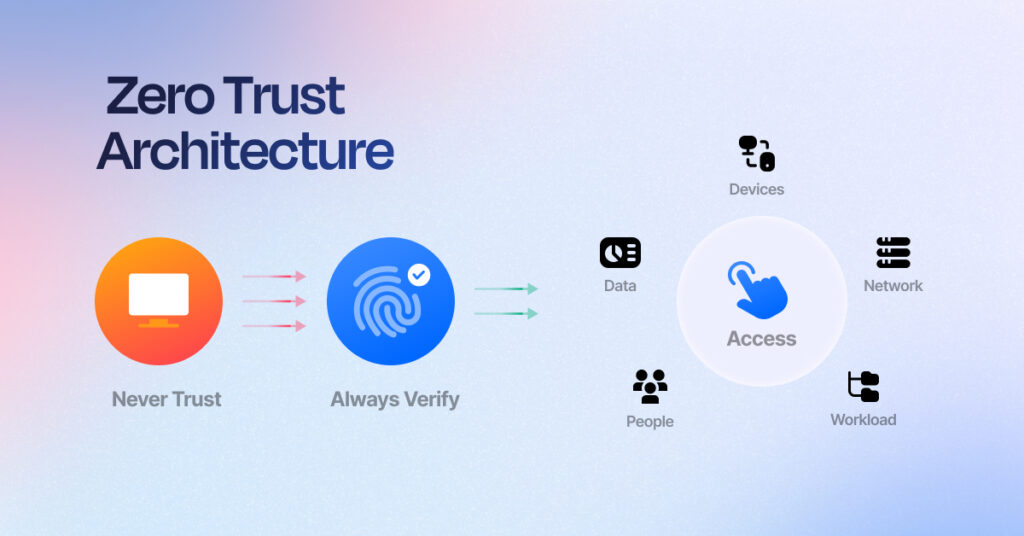Glossary of Compliance
Compliance Glossary
Our list of curated compliance glossary offers everything you to know about compliance in one place.
PCI SSF
PCI SSF, or the PCI Software Security Framework, has a significant impact on software vendors. It blends traditional and modern security requirements and is designed to work with the latest technology and development methods. It covers old and new security practices for payment applications.
PCI SSF allows software vendors to offer PCI-validated payment software. This validates the software’s security and compliance with PCI DSS.
The difference between PA DSS and PCI SSF
PCI SSF has a broader scope, covering the entire payment card industry, which includes merchants, service providers, and payment processors. In contrast, PA DSS focuses specifically on payment applications.
The way these frameworks are put into action also differs.
PCI SSF follows a self-assessment-based approach. It is more about evaluating compliance with the PCI DSS using the Self-Assessment Questionnaire (SAQ). Meanwhile, PA DSS takes a vendor-assessment-based approach. Payment application vendors are responsible for ensuring that their products meet the PA DSS requirements and must undergo a PA DSS assessment.
PCI SSF is for organizations that rely on software to process card payments. If you’re a software developer creating apps for stores or a vendor selling such software, the PCI SSF likely applies to you. The PCI SSF provides security rules for companies handling sensitive payment data, helping them secure their software and support security controls in card payment processing.
Additional reading
Seven GDPR Principles You Must Know In 2025
Rethinking Trust: How Zero Trust Architecture Redefines Cybersecurity
ISO 27001 Annex A.8: Asset Management Explained

Sprinto: Your growth superpower
Use Sprinto to centralize security compliance management – so nothing
gets in the way of your moving up and winning big.



